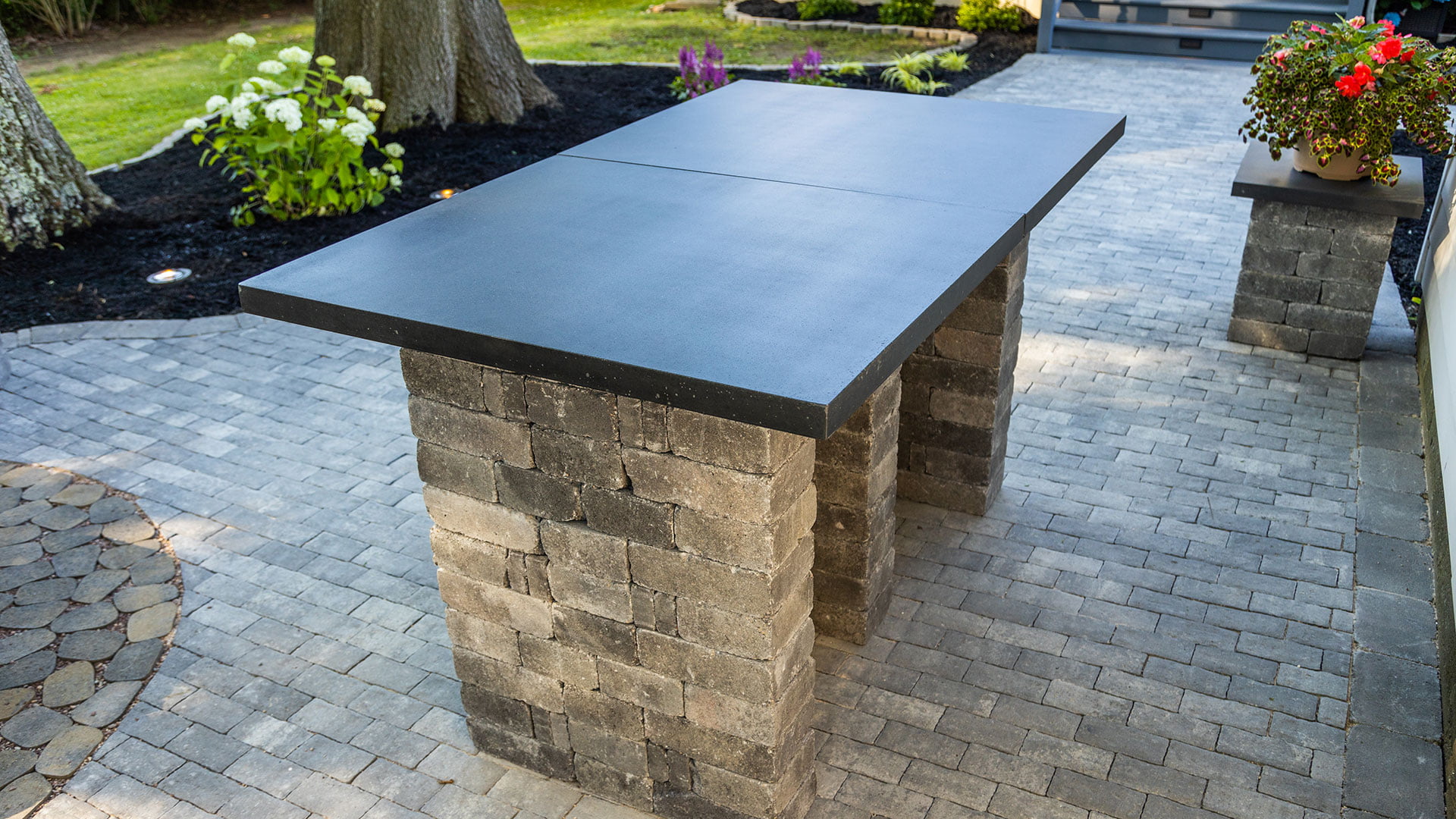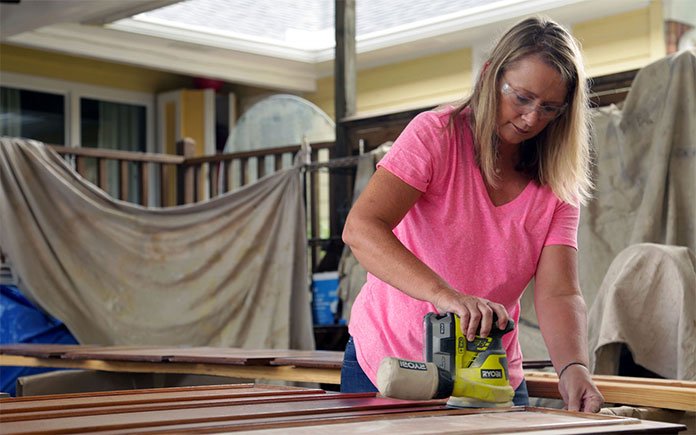How to Build an Outdoor Countertop
If your outdoor space needs a countertop, look no further than concrete mix to make one that’s stylish and will stand the test of time. Concrete is durable and easy to clean, which makes it the perfect building material for a countertop, especially one that you will use outdoors. So, whether you need a prep … Read more


